HOME > Basketball
It s not accidental that the Celtics two 20-point reversals? The Magic Ball Theory harmed them this time
5:58pm, 13 May 2025【Basketball】
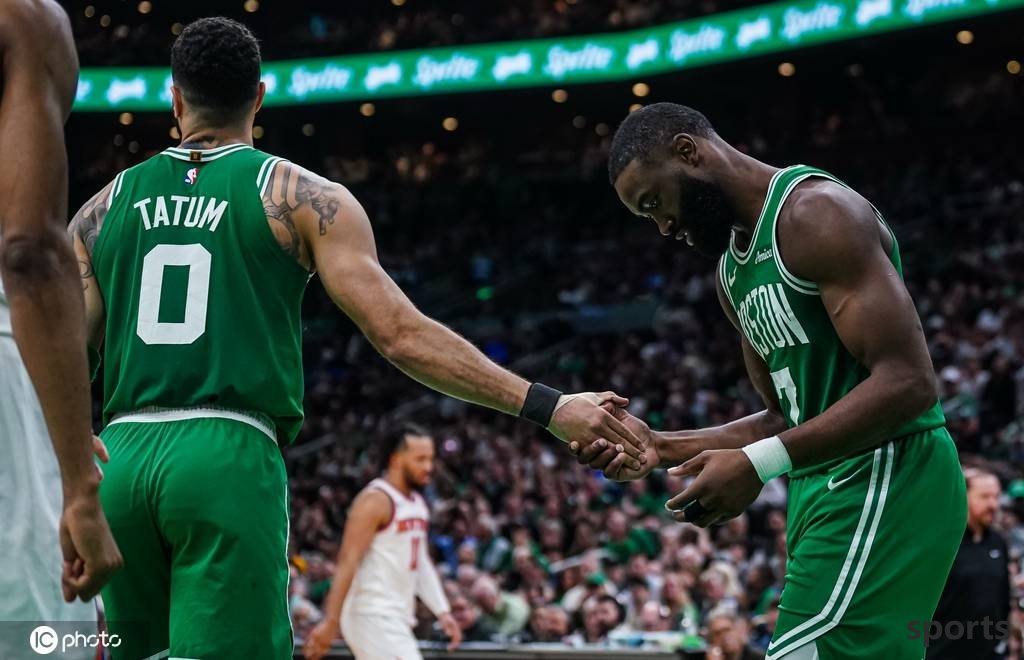
achieved a 20-point reversal on the same opponent in two consecutive games. Such a thing is an extremely rare event even in the entire NBA history. But such a strange thing happened in the series between the Knicks and the Celtics...
G2 played in the third quarter until 4 minutes and 05 seconds. When Porzingis finally broke the personal scoring drought with one stroke, the Celtics once again led by 20 points. At that time, ESPN once again gave a real-time winning probability, and the possibility of the Celtics winning reached 99%.
But obviously, the Celtics who led the scores were relaxed again. In the face of the seemingly unforgettable mathematical problems, they forgot the famous saying from the ancient Eastern power - 20 points, that's a big deal. After the end of
G2, countless people praised the Knicks' tenacity, and many people were already impatient to mock the weakness of the Celtics. But in addition to the emotions of annoyance, depression, and even despair, looking back at the first two battles from a more rational perspective, especially the major reversal of G2, what exactly caused the tragedy of the Celtics?
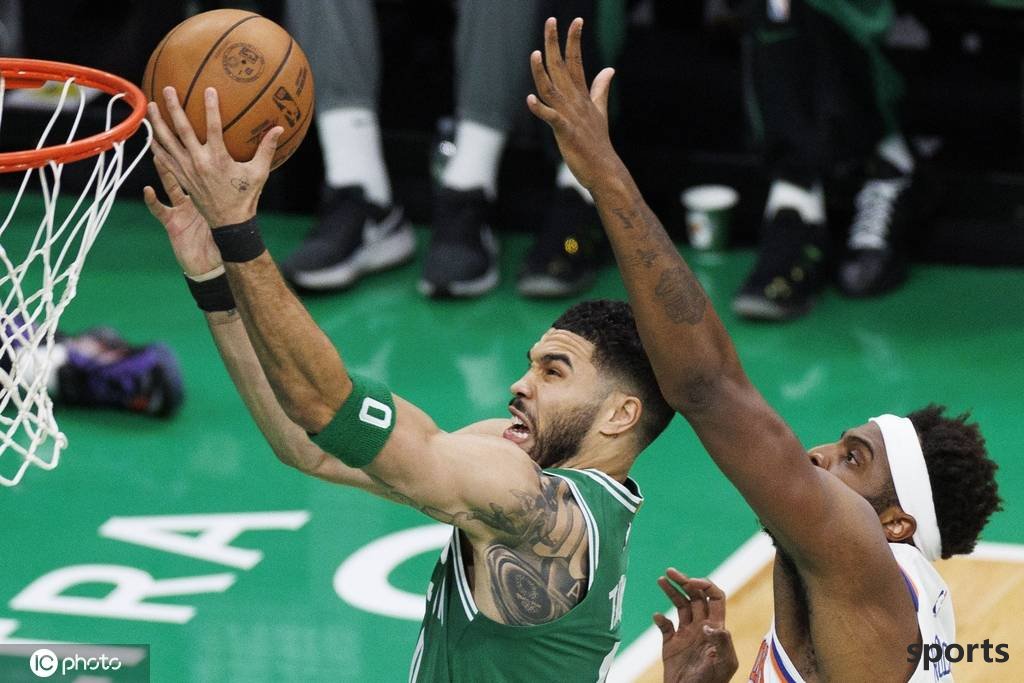
First of all, in the first two games of the series, the Celtics have made a full 100 three-pointers, but they only hit 25 of them, with a total shooting percentage of only 25%.
Everyone knows that three-pointers are the foundation of this Celtics. Last season, they won the championship because of the production of the unique outside line and the full-space lineup with almost no blind spots on the offensive end. This season, the Celtics are becoming more and more offensive. In the regular season, they have averaged up to 17.8 three-pointers per game. This number not only ranked first among the 30 teams in the league for the second consecutive year, but also set a new record in NBA history.
But it is particularly noteworthy that since entering this year's playoffs, the Celtics, the top three-point team in history, suddenly failed to make the outside shot.
The two sets of data show this nakedly. First of all, since the playoffs has been played (including this game), the Celtics averaged only a bleak 32.8% of the three-point shooting percentage, ranking 11th among all 16 playoff teams. The three-point shooting was inaccurate, and the three-point shooting output was not ideal. After seven games, the Celtics averaged 12 three-pointers per game. Compared with their regular season output, they were seriously reduced and ranked only 8th among all 16 teams.
In fact, in the first round of the series with the Magic, the Celtics began to encounter trouble. But after successfully passing the 4-1 4-1, Mazula and his players were arrogant and believed that as long as they continued to shoot along the inertia of the past, they would be able to recover the shooting sight sooner or later.
But when the semi-finals came, when the intensity of the competition returned to the texture of the 1980s and 1990s, the underlying logic of the actual combat was actually changing. In the regular season, the reason why the Celtics can easily win most games with a set of playing styles is because they have no need to worry about physical fitness or the intensity of the confrontation. At some time, one or several players of the Celtics may experience power outages, but as long as the overall rhythm is still under control by the Celtics, as long as there is more patience in conduction or a few more moves, the efficiency will always be recovered.
can come to the playoffs, especially in this round of games with the Knicks, the level of the confrontation is no longer the same as the regular season. The Knicks have given the Celtics great expenses in both offense and defense, causing the Celtics players to be in anaerobic state for longer.
It seems that this game, the Celtics still have a lot of open shots. But before these open positions appeared, the Celtics players had just fought with their opponents for a round on the defensive end. How much physical strength they still have to adjust the step points and find the best pace of attack linkage is naturally a big question mark.
However, the Knicks obviously went through more drills in the regular season for this situation of gritting their teeth and persisting in anaerobic state, although Thibodeau's farmer basketball has been criticized a lot in the past two years, and even his most diligent disciple Bridges has taken the initiative to question it. But by the first two games of the semi-finals, people suddenly realized the value of Thibodeau's basketball philosophy.
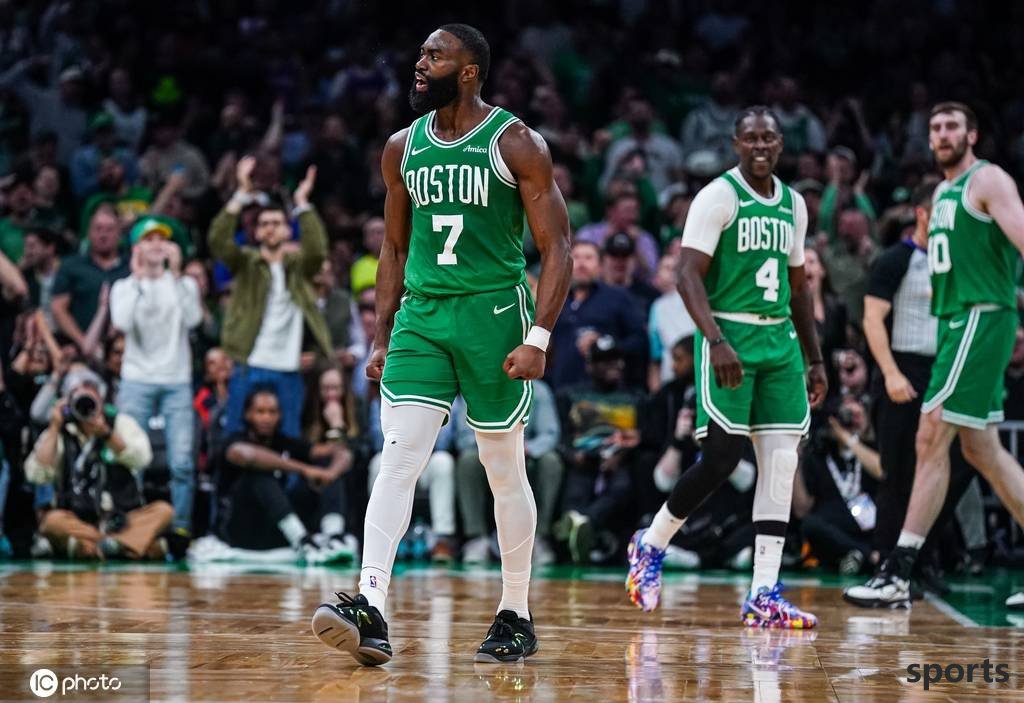
In contrast, Mazula is still stubbornly adhering to the Magic Ball theory. Back to this game, from the lead of 20 points to the reversal, the Celtics' reasonable inside attack was almost zero (only two second offensive scores and one fast attack foul free throw). They could have been more patient in searching for some opportunities for breakthroughs and passes and cuts, and there was no need to make a three-pointer in a hurry, but Mazula did not arrange this, and the Celtics players did not execute this way.
Mazula's hasty use in some specific personnel has also further accelerated the failure of the Celtics. In the final quarter, the Celtics used the starting lineup of one, one, four, and four, to compete against the Knicks' double towers for a long time. As a result, Tatum was forced to come to the center position and needed to compete with Mitchell Robinson, who was one head taller than him, in every defensive round. In the whole game, Tatum's touch was not ideal, and Mazula's stubborn arrangement made him consume a lot of physical essence that should have been used for offense in defensive hand-to-hand combat.
In the end, Tatum was ruthlessly blocked by Bridges and became the scapegoat for the loss. However, in the four battles and his body was almost stiff, the appearance of this blocking final kill was destined to be a bit inevitable...
Related Posts
- What are we talking about? Fans wearing Doncic s Lakers jersey chatted with Mavericks owner Dumont
- Hornets coach: Kneipelmann Sexton has a chance to start and they can play a key role
- Markkanen: Murinen is on the right path and he can make a fortune in the NBA
- Foreign media show James interacting with fans in the rain: Heavy rain cannot stop the whole city from moving to welcome James
- The sixth man once was! Analysis of how Clarkson supports the Knicks substitute attack
- No. 1 in the league! No. 1 in the league! The 24-year-old No. 1 pick is crazy about gaining muscles, he wants to hit the scoring champion + MVP
- Top 100 stars are released!
- What’s the matter! The Warriors quietly strengthened it, and they added 2 more! OK, I can explain it
- Return to the Cavaliers? James statement has caused heated discussion, US media lists 8 potential destinations, and the four top picks are expected to join forces
- 125 million in 5 years! The NBA s first contract of RMB 100 million this summer was born, and the number one player in the draft was counterattacked
Hot Posts
- What are we talking about? Fans wearing Doncic s Lakers jersey chatted with Mavericks owner Dumont
- Hornets coach: Kneipelmann Sexton has a chance to start and they can play a key role
- Markkanen: Murinen is on the right path and he can make a fortune in the NBA
- Foreign media show James interacting with fans in the rain: Heavy rain cannot stop the whole city from moving to welcome James
Recommend
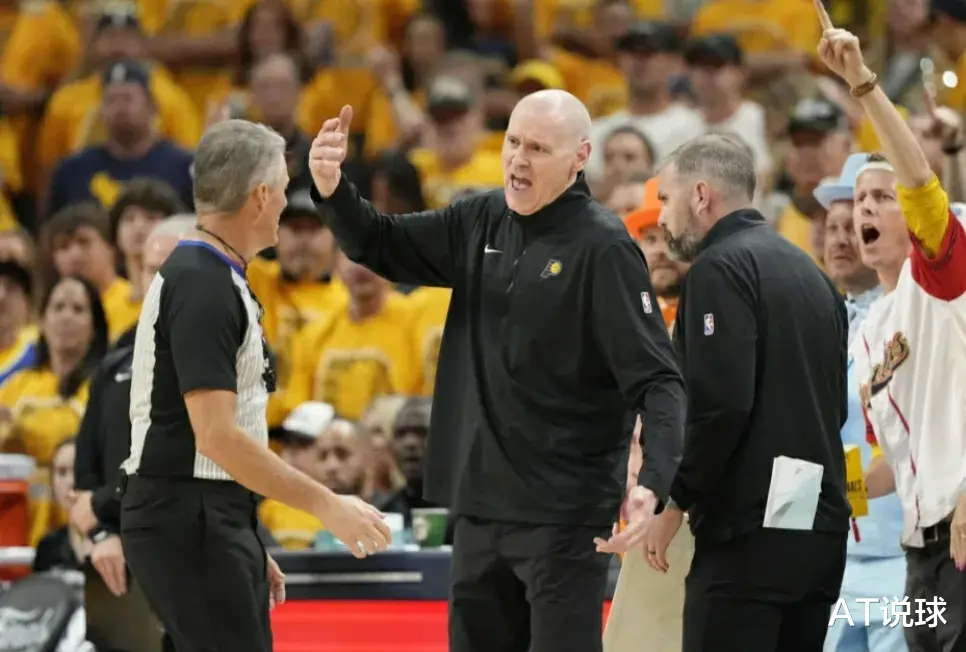
Pacers G4 lost too unjustly, the referee s double-standard penalty caused controversy, and many reporters angrily criticized the game manipulation
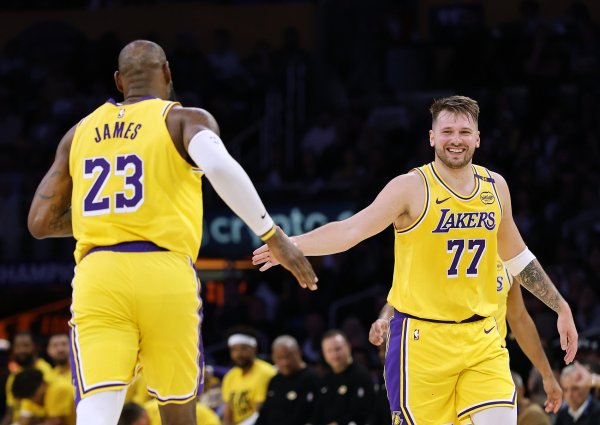
Danny Green: The Lakers are strong offensive and weak on defense. The current team building model does not show the possibility of winning the championship

What did Tatum say to you on the sidelines? White joked: He was just annoying me.
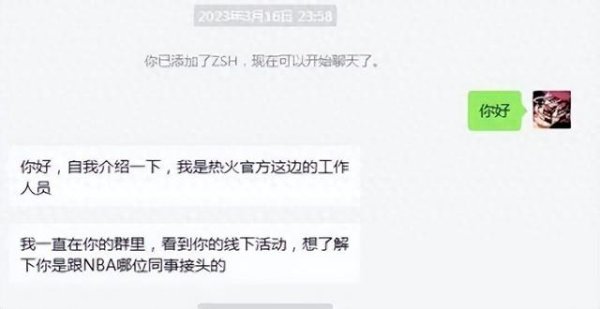
The Heat cannot refuse to be involved in the vortex of "deal rumors", but fortunately they will deny the rumors if necessary

US media commented on the top 26 centers: Jokic ranked first & Shen Jing beat Emperor & Ayton pressed the line and was selected & No Yang Hansen

Yang Hansen s 16-point press conference: Still summarizing hidden dangers and emphasizing room for improvement, but he has gained confidence!

Well-known reporter: The Pacers need to adjust the starting lineup, and the forward player should replace the inside pillar
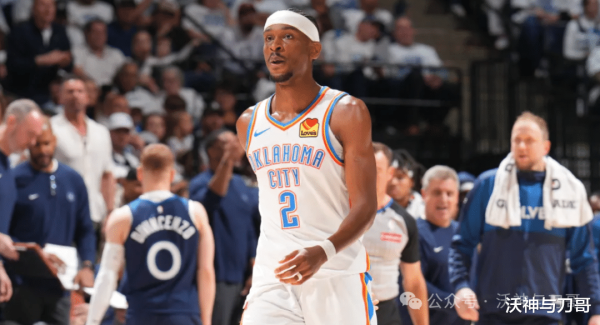
Monday 301 US professional basketball team Oklahoma City Thunder vs Minnesota Timberwolves